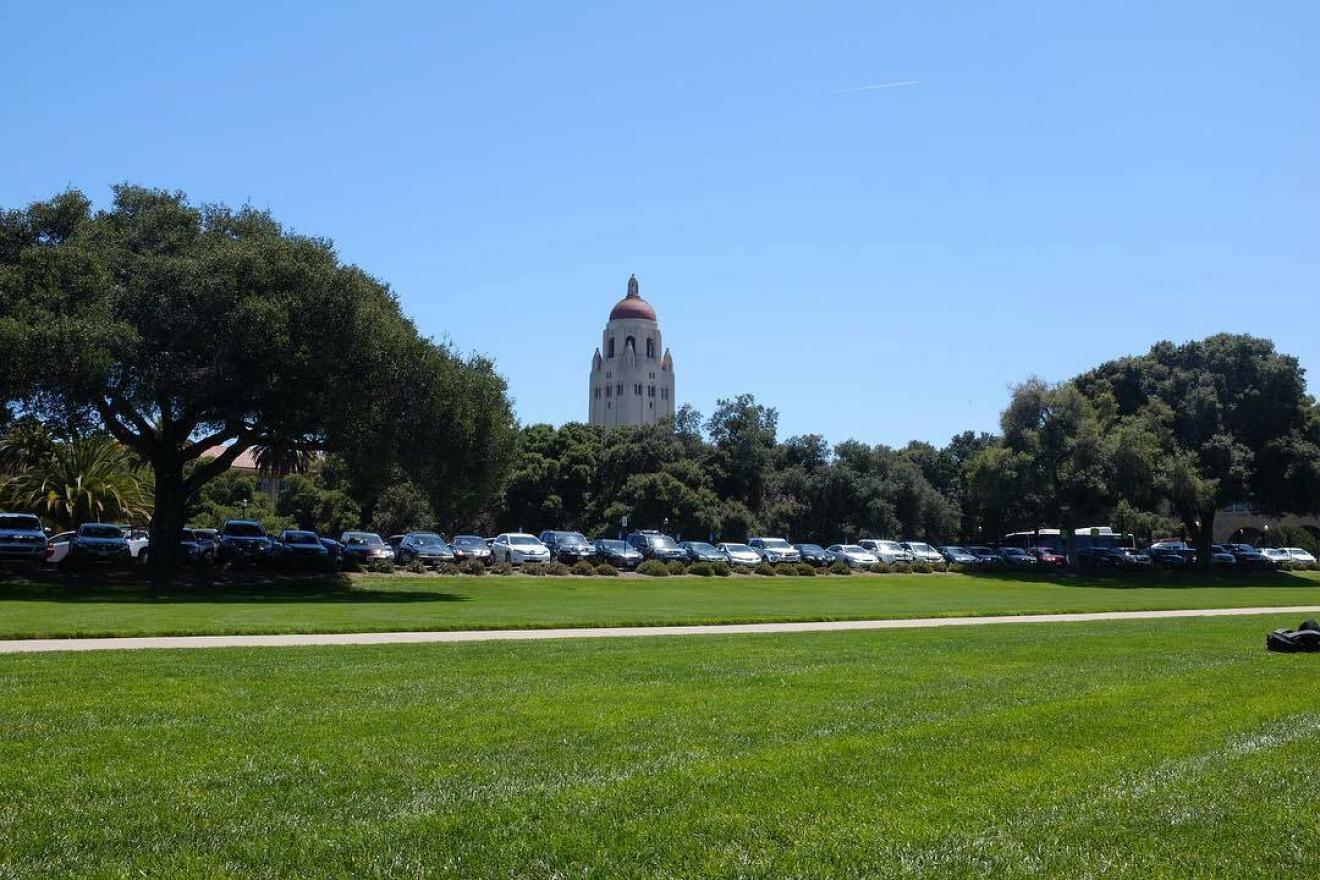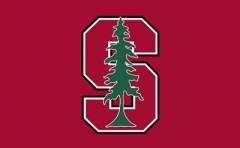
Read more about our ranking methodology.
Founded in 1885, Stanford University is a private research university in the San Francisco metro area and has a total undergraduate enrollment of about 17,000 students. Stanford is made up of three schools with over 40 undergraduate academic departments, and popular graduate programs including medicine, law, and business. The campus was rebuilt after the 1906 San Francisco Earthquake and is now known for its mission-style architecture, with the Stanford Memorial Church at the epicenter of campus life.
Stanford is on a quarter-based academic calendar with tuition and fees exceeding $50,000 annually. The school is one of the most highly regarded research institutions and has produced numerous Fulbright and Rhodes Scholars.
In addition to its strong scholastic traditions, Stanford is also known for its local rivalry with UC Berkeley, and their annual meeting known as the “Big Game” takes place at the Rose Bowl. Notable alumni include actress Reese Witherspoon, author John Steinbeck, and former President of the United States, Herbert Hoover.
* These statistics utilize the most recently released data from IPEDS (Integrated Postsecondary Education Data System)
Sources for school statistics and data include U.S. Department of Education's National Center for Education Statistics and the Integrated Postsecondary Education Data System. Data may vary depending on school and academic year.


- Law (LAW) - Professional schools
- Medicine (MED) - Programs leading to the M.D. degree
- Professional Psychology (IPSY) - Predoctoral internship programs (Vaden Health Center)
- Professional Psychology (RPSY) - Postdoctoral residency programs (Department of Psychiatry - Clinical Psychology Program)
- Professional Psychology (RPSY) - Postdoctoral residency programs (Department of Psychiatry - Clinical Child Psychology Program)
Source data obtained from U.S. Department of Education's Office of Post-secondary Education (OPE)

What letter grade would you give your school on how well it prepares students for a career in the real world?
Based on 14 ReviewsWhat letter grade would you give the students/culture at your school?
Based on 7 ReviewsWhat letter grade would you give the facilities at your school.
Based on 6 ReviewsWhat overall letter grade would you give the activities/groups at your school?
Based on 9 ReviewsThere are no questions and answers about Stanford University
